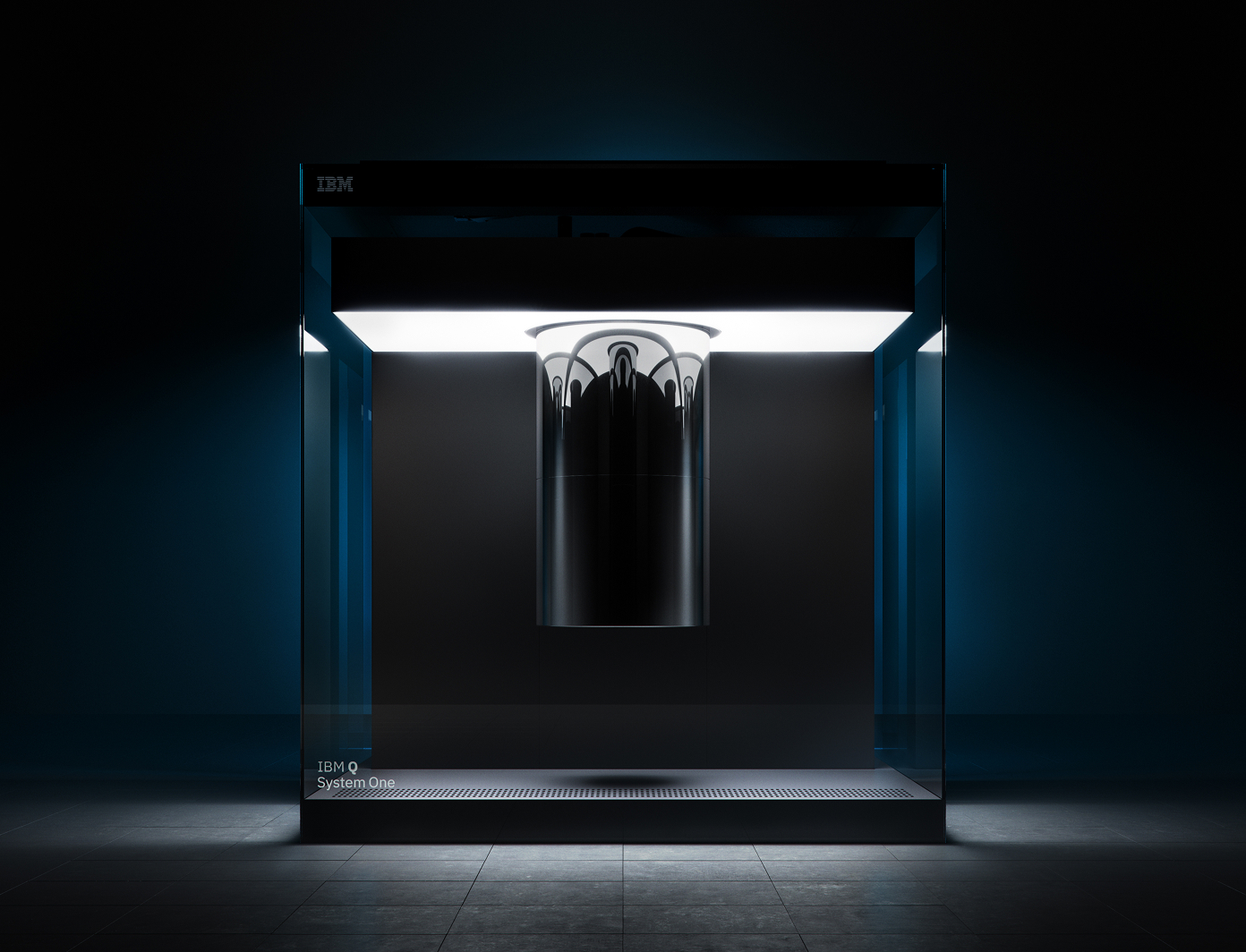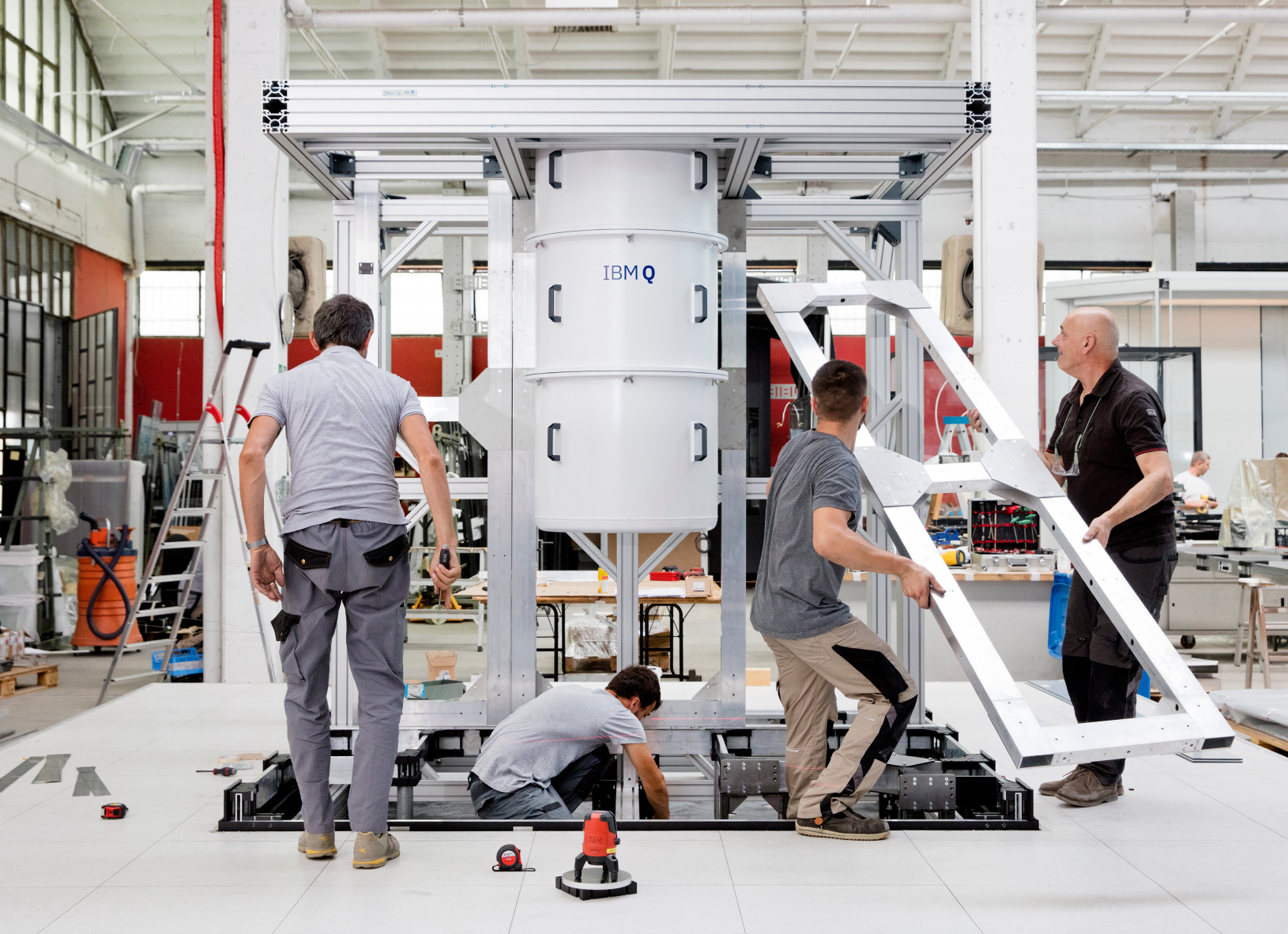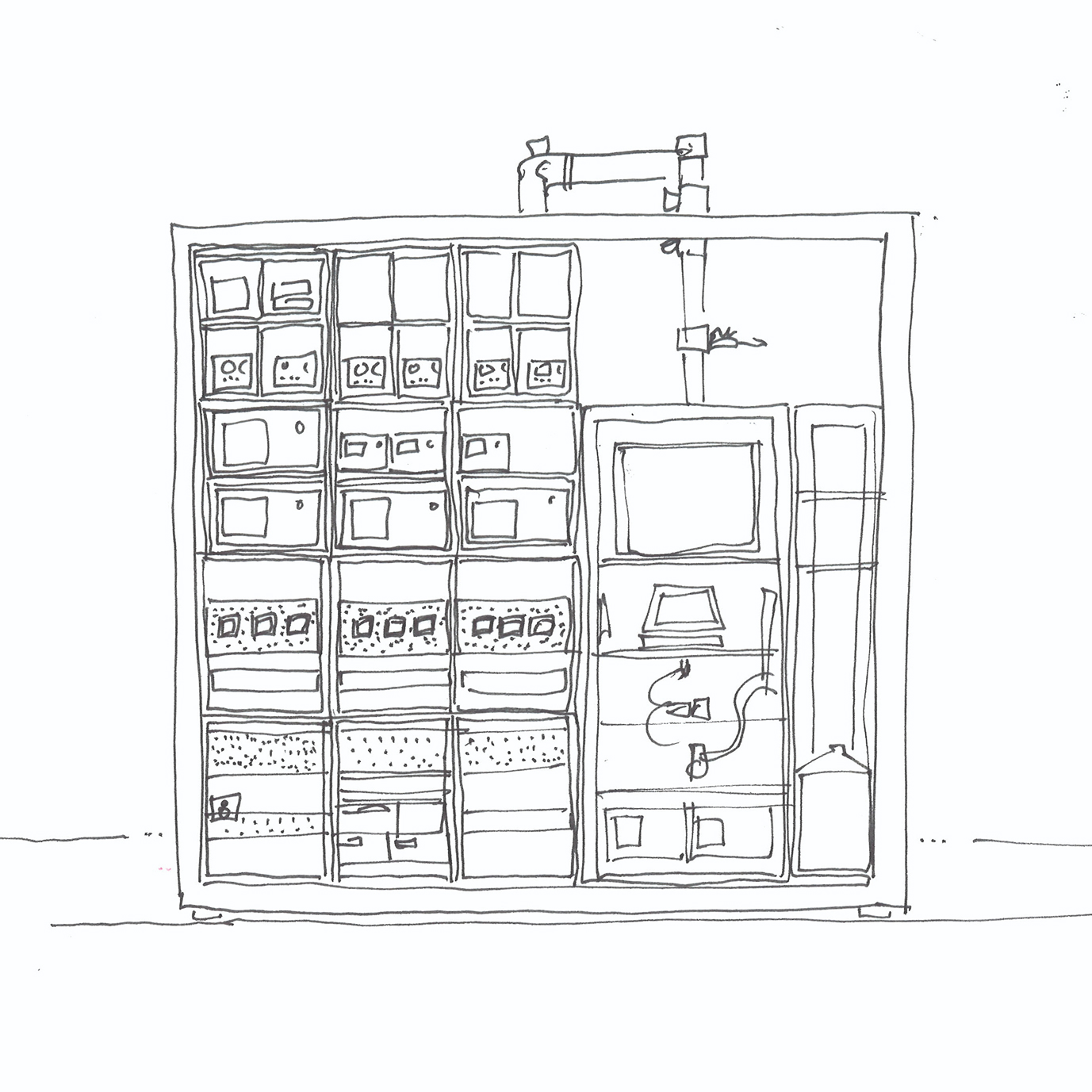

client
ibm
text
short long
reach
on off
quantum system one
What should a quantum computer look like? We collaborated with IBM Quantum and Universal Design Studio to develop IBM Quantum System One, the world’s first fully integrated quantum computer.
IBM has always recognised that good design is good business, and this emphasis on the value of design is integral to the brand’s success. In 2017, IBM Quantum approached Map Project Office and Universal Design Studio with a question: what should a quantum computer look like?
Quantum computers have the potential to solve problems far beyond the reach of ‘classical’ computers. To make them widely usable beyond the confines of a research lab, information processing and the machines that facilitate this needed to be reimagined. Our challenge was to satisfy the computer’s functional demands while defining the archetype that this new form of computing would require.
At the time, quantum technology existed as individual components and equipment scattered across a lab. We sought to radically advance this setup by bringing all components together as a single coherent experience, opting for a form and materials that convey simplicity and intention. The system’s design draws inspiration from IBM’s 2×2 grid, centred on a simple glass cube, or vitrine, that is used to rationalise and organise all components. This transparent structure houses and protects the computer while inviting observation, offering a clear view of the suspended cryostat at the heart of the system. Informed by pure geometry, openness and honesty, the resulting industrial design heightens the presence and physicality of this critical technology.
IBM Quantum System One, the world’s first fully integrated quantum computer, launched in 2019 as a commercially available, single-footprint device, becoming a recognisable icon of the IBM brand. It has now been deployed globally to universities, healthcare companies, and data centres. At Rensselaer Polytechnic Institute’s Voorhees Computing Center, Quantum System One is advancing academic research, enabling students, faculty, and researchers to work on utility-scale projects. In 2024, the last System One was installed in the first European quantum data centre.






pauseplay

